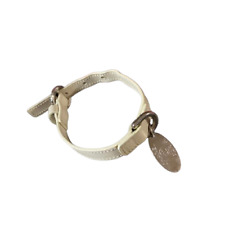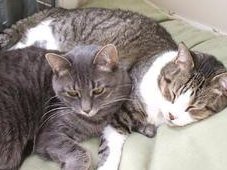Cats and Kids: How to Encourage Positive Interaction

Cats and kids don’t always get along, but you can teach your children how to interact positively with your cat so that they can coexist and interact peacefully. Although many cats like to be independent, they also enjoy playtime. To make playtime fun between your kitty and your kids, start teaching your kids how to play with your cat the right way from day one. By giving them each some individual playtime, and some time with each other, you can ensure a happy environment for the whole family.
Teach by Example
Spending some time playing with your cat is important for his health. When there are little ones in the house, playtime with your cat becomes a bit more complicated. One of the best things you can do is to teach your children by example. Show them how you play and interact with your cat through soft touches and gentle handling. Remember, kids mimic what they see.
Pay Attention to Body language
In a perfect world, playtime between your cat and your child will go smoothly, but that’s not always how it goes. Cats can get startled or irritated easily, and they will retaliate if they feel threatened or provoked. Teach your kids to watch for body language that indicates contentment, as well as irritation. When the ears go back or flat against the head, the cat is getting mad and it’s best to back off for a while.
Signs like hissing, bushed out fur, and swatting indicate a cat that’s ready to retaliate, so it’s time to give the kitty some space. Whenever you notice a change in body language, it’s best to move the little ones to a different area for a while. Distract the kids with another activity and give the cat some alone time to calm down.
Cats are Independent
While kids don’t mean any harm when they try to pick up a cat and carry it around, cats are independent. They don’t always enjoy being picked up. If the cat is relaxed in your child’s arms and nuzzles or purrs, everything is fun. If he’s squirming to try to get away, it’s probably better if your child lets him go.
Encouraging a Strong Bond
Bonding with an animal takes time. Active playtime is great, but also encourage your child to sit and pet your cat quietly each day. When they do play together, choose activities that give them each a little space to avoid accidental scratches. For example, choose a long stick with a toy attached by a string or let them play peak a boo with around a cardboard box. Monitor their playtime until you’re sure they know how to interact with each other.
Following these techniques will not only encourage positive interaction, but it will also strengthen the bond between your cats and your kids. Over time, you will notice that your cat loves playtime with the little ones. It’s an amazing thing that can be cherished for a lifetime.













